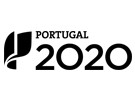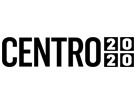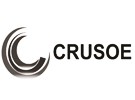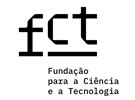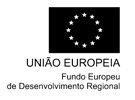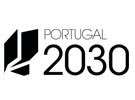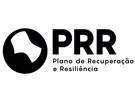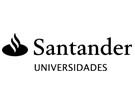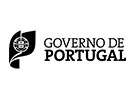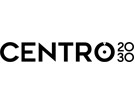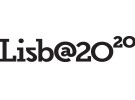



Publication in the Diário da República: Despacho nº 14433/2024 - 05/12/2024
4 ECTS; 3º Ano, 2º Semestre, 30,0 PL + 30,0 TP + 4,0 OT , Cód. 912362.
Lecturer
- Bruno Miguel Santana Chaparro (1)(2)
(1) Docente Responsável
(2) Docente que lecciona
Prerequisites
Not applicable.
Objectives
Understand the systems and their comparative performance
Identify their advantages and disadvantages
Identify and become acquainted with the main equipment used in industrial automation
Understand the operation of automation systems
Select appropriate components
Implement automation systems
Program
1. Introduction to automation
1.1. Introduction to Automation
2. Sensors and actuators
2.1. Actuators
2.1.1. Electric actuators
2.1.2. Pneumatic actuators
2.1.3. Hydraulic actuators
2.1.4. Magnetic actuators
3. Electric logic circuits
3.1. Wired logic circuits
4. Programmable Logic Controllers (PLCs)
4.1. Inputs
4.2. Outputs
4.3. Technical specifications
5. PLC programming
5.1. Digital inputs
5.2. Analogic inputs
5.3. High speed inputs
5.4.Digital outputs
5.5.Analogic outputs
5.6.High speed outputs
6. Automatic control
6.1.Introduction
6.2.Applied examples
Evaluation Methodology
Students will be assessed through theoretical-practical exam (weigth 50%) and individual works performed during the semester (weight 50%);
Bibliography
- Francisco, A. (2003). Autómatos Programáveis. (Vol. NA). Portugal: LIDEL
- Pires, J. (2012). Automação Industrial. (Vol. NA). Portugal: ETEP
Teaching Method
Lectures, tutorials and laboratory classes
Software used in class
Schneider Zelio Soft 2
Omron CX Programmer
Nb Designer
Siemens Simatic Step 7
Siemens Simatic WinCC Flexible
